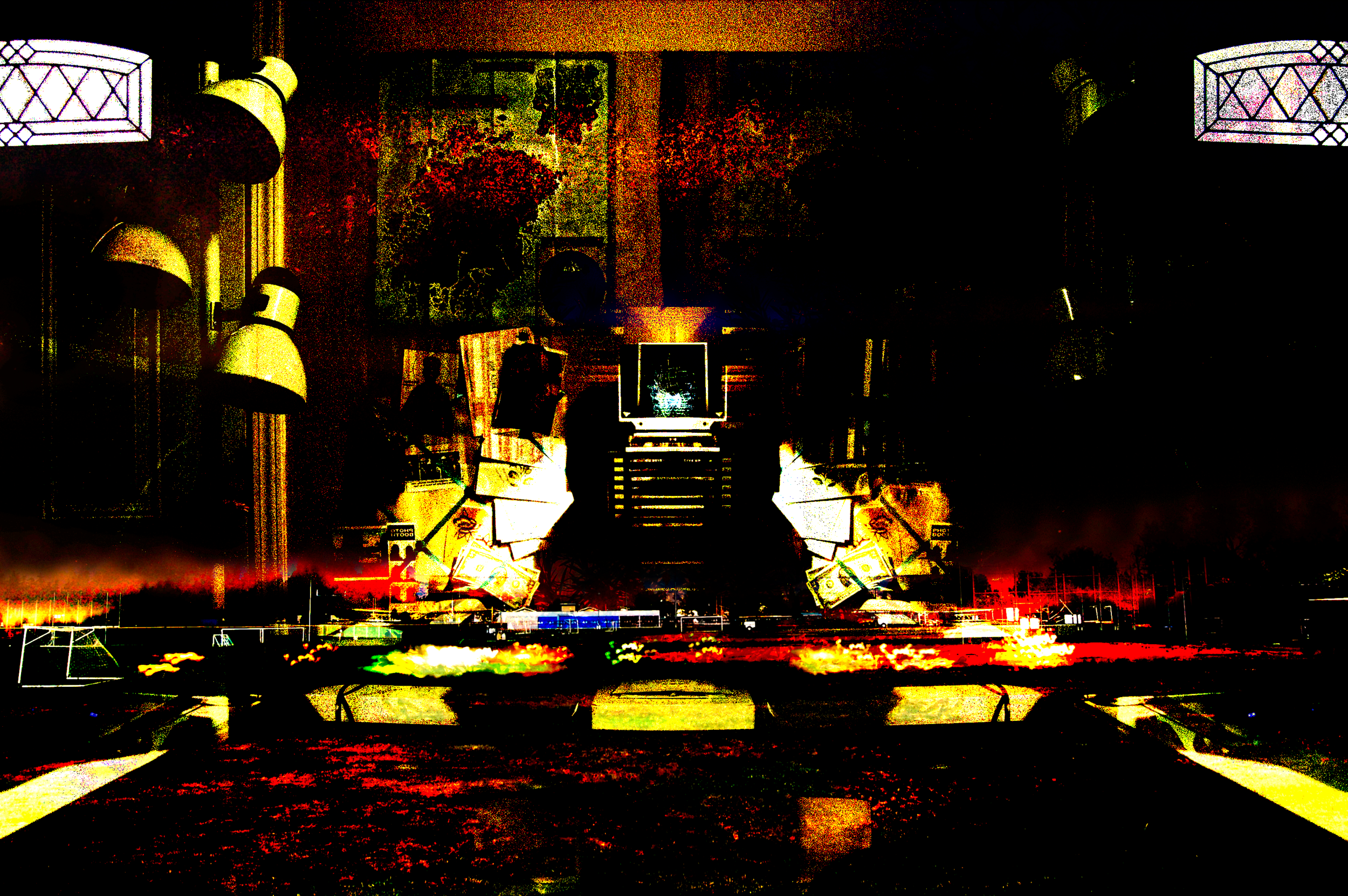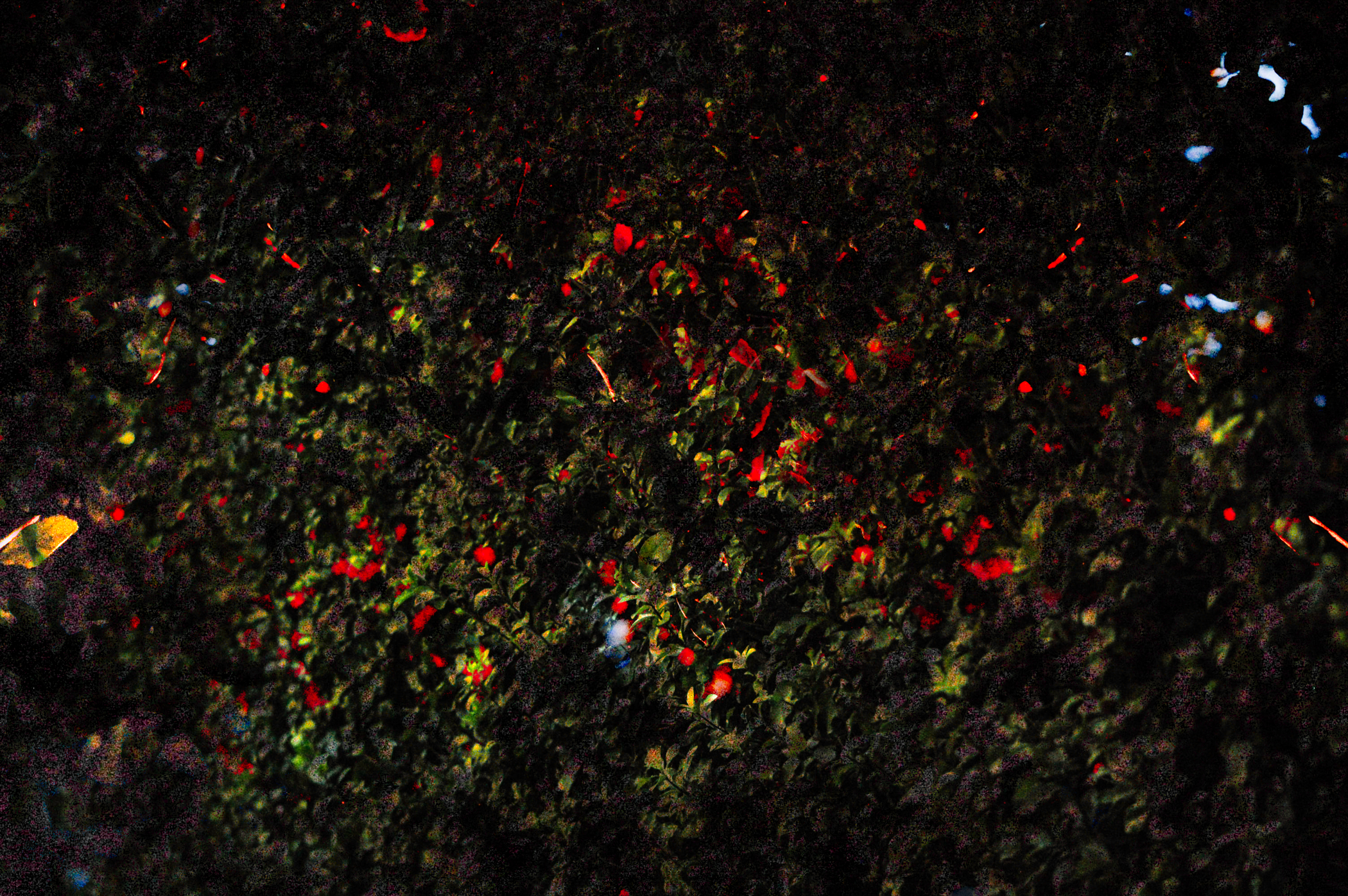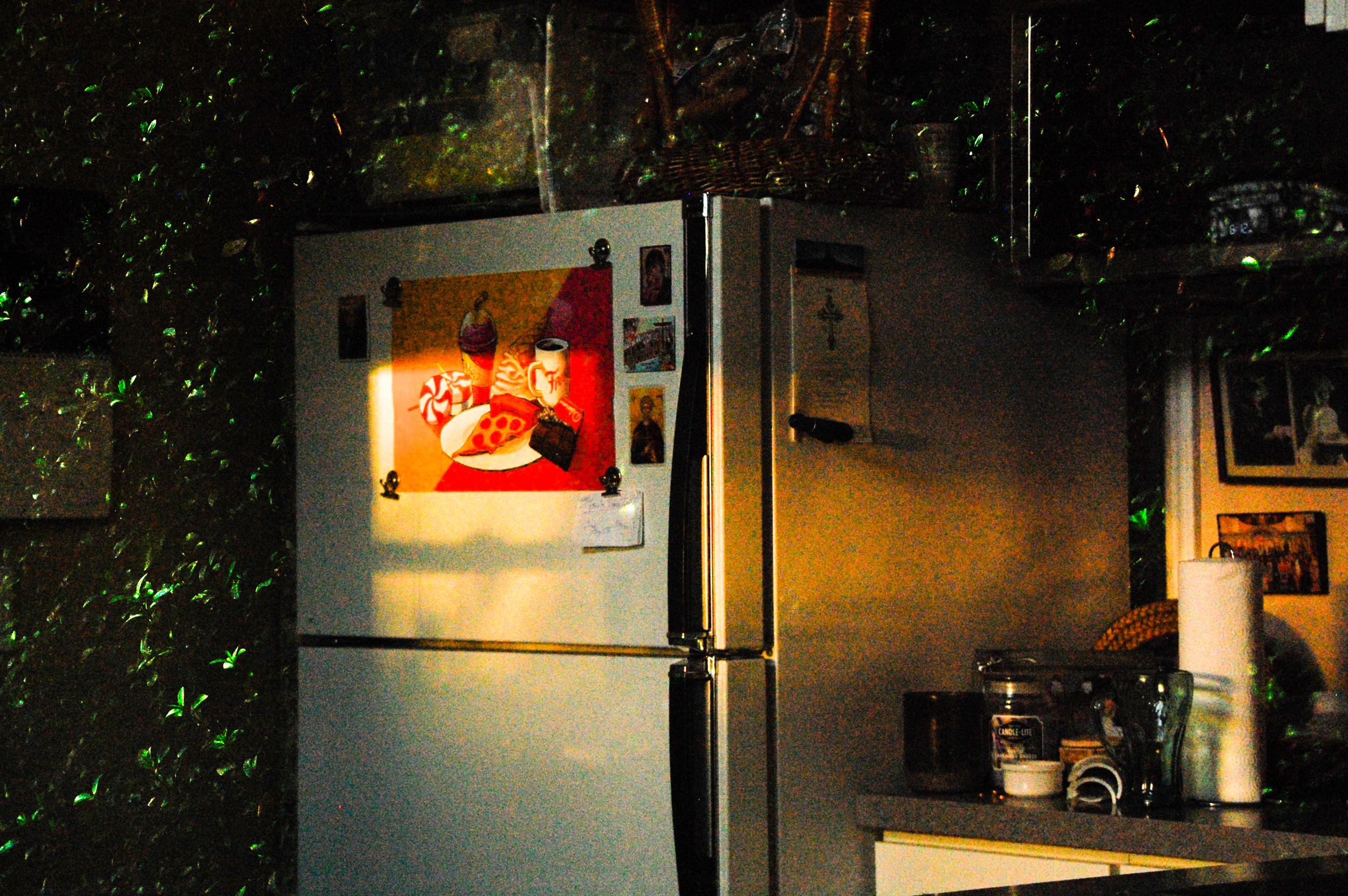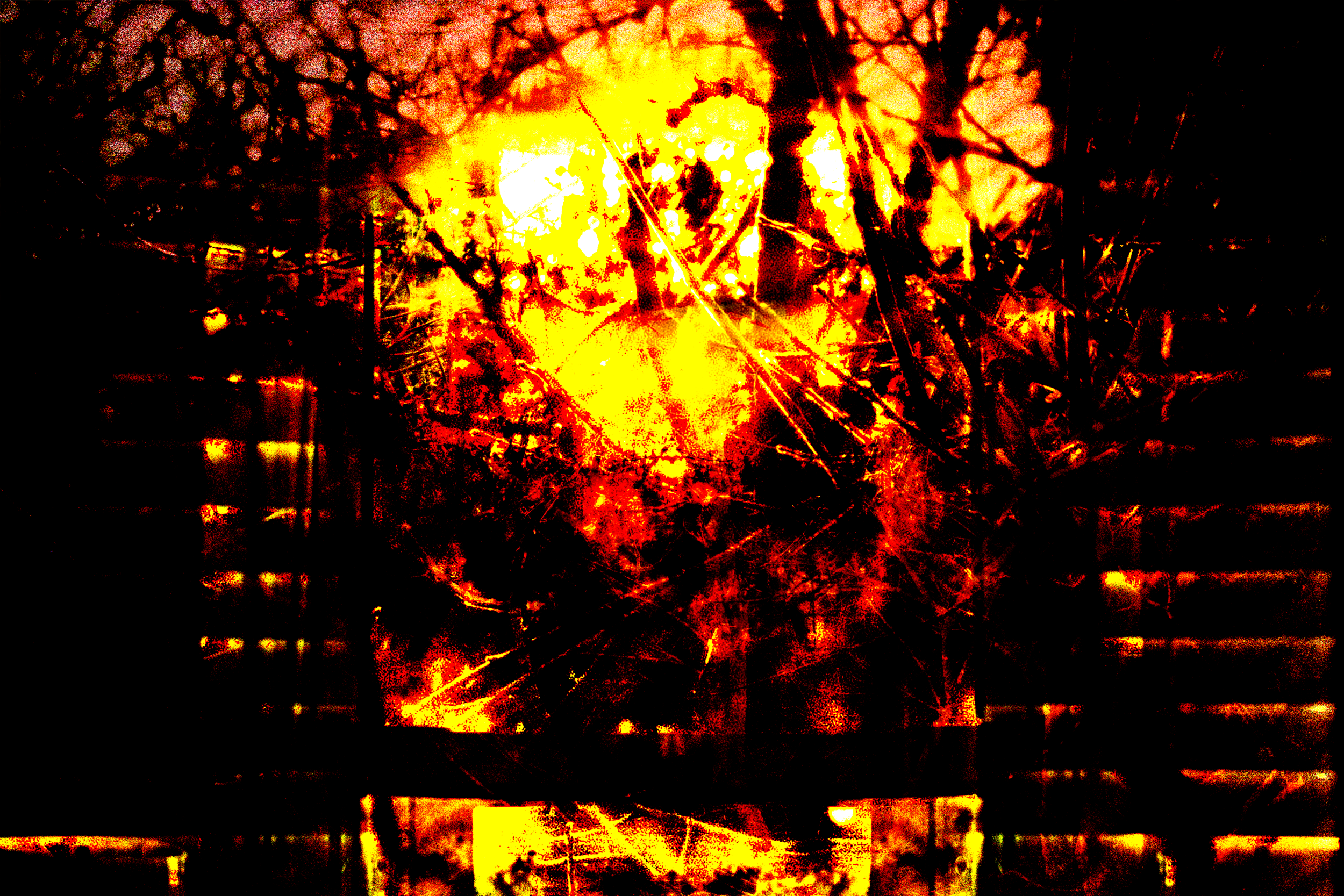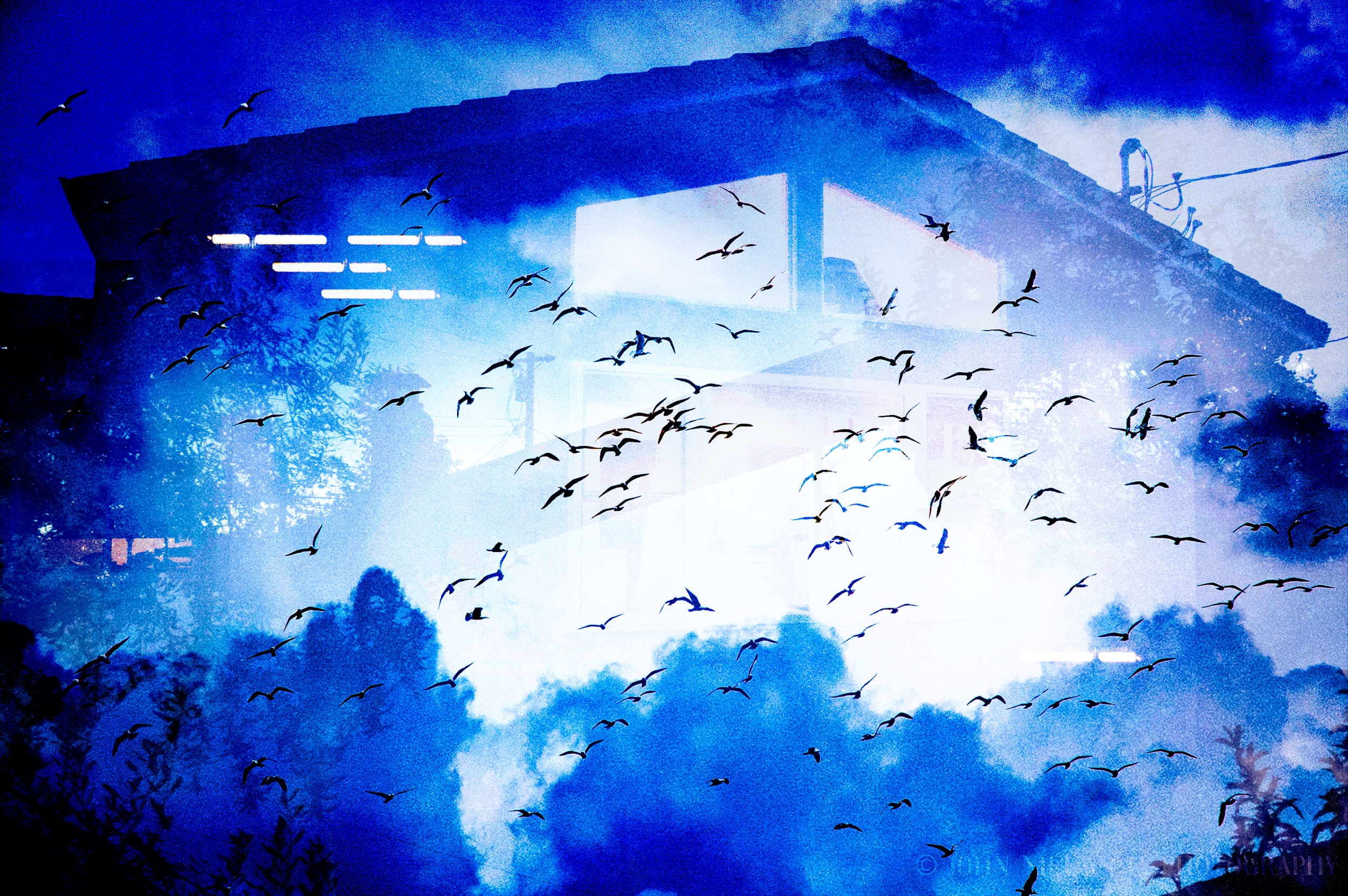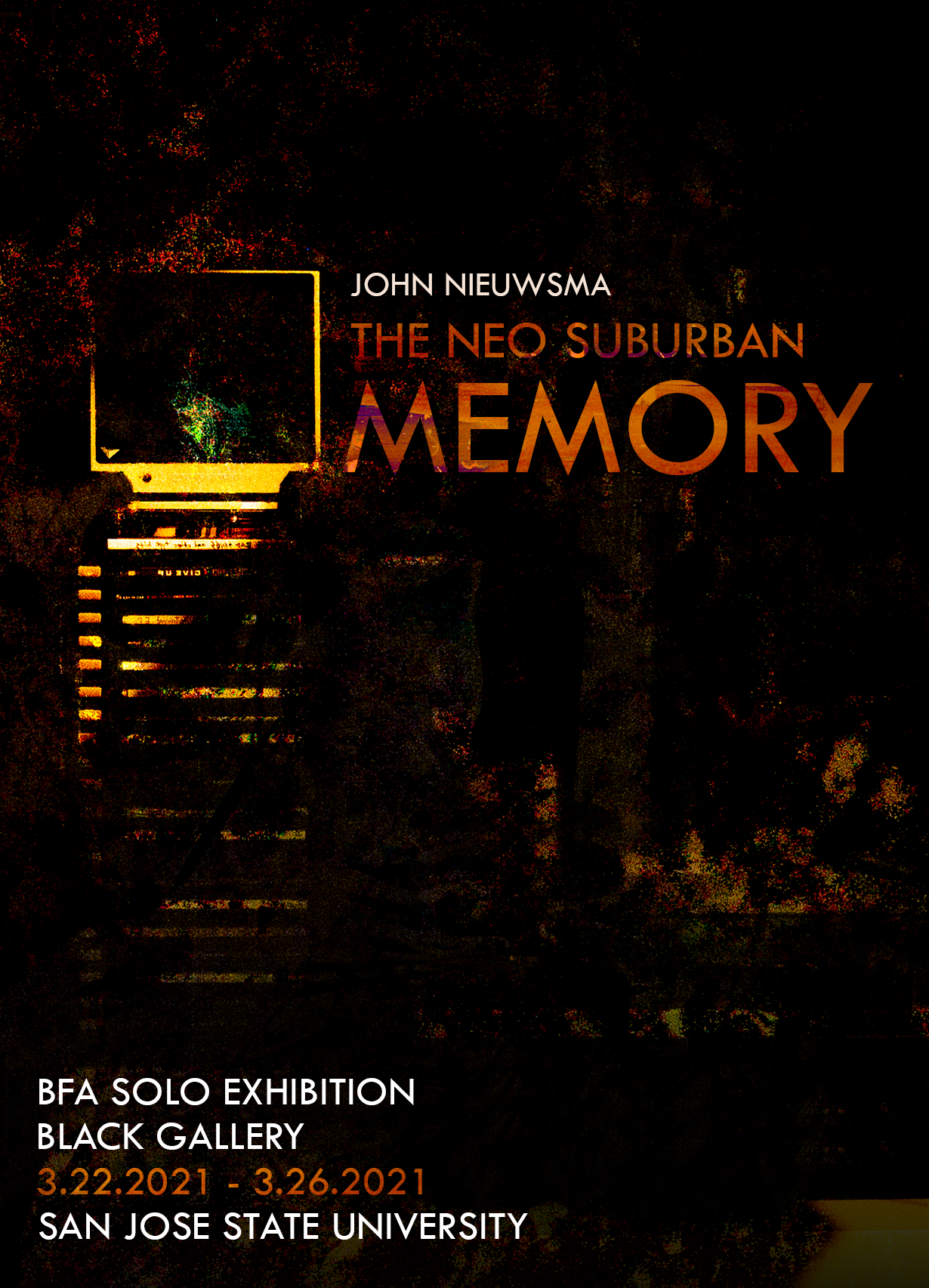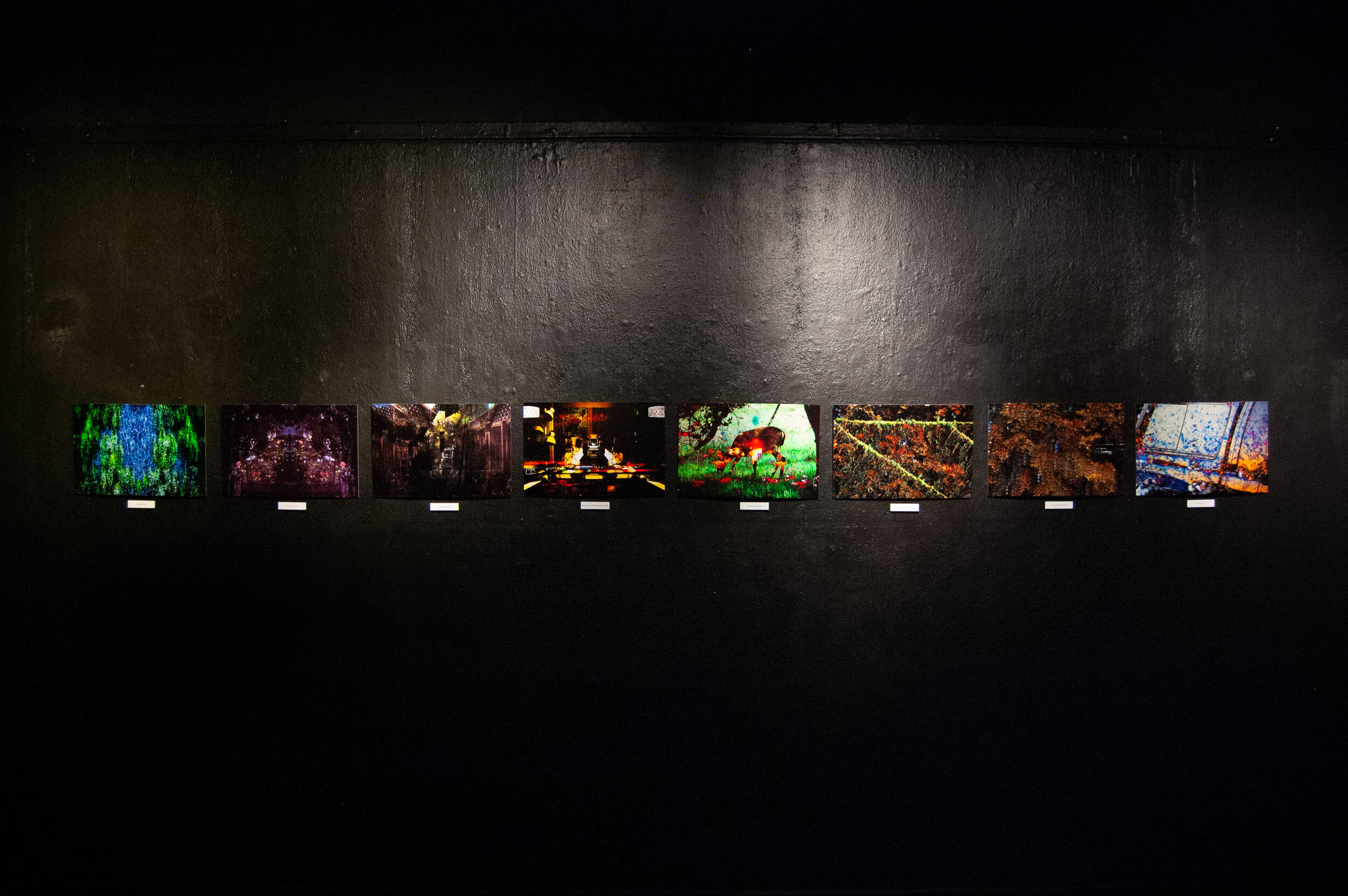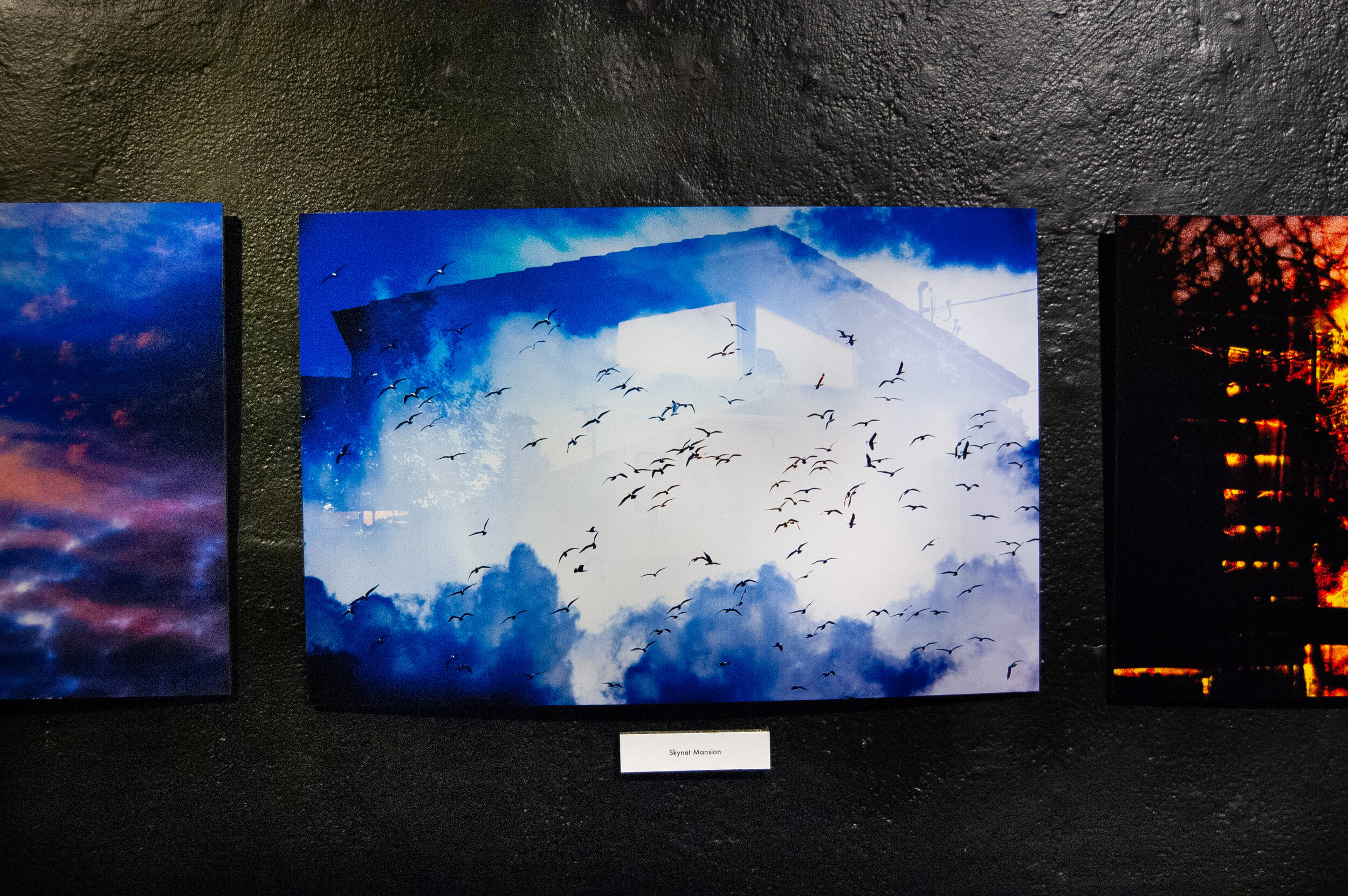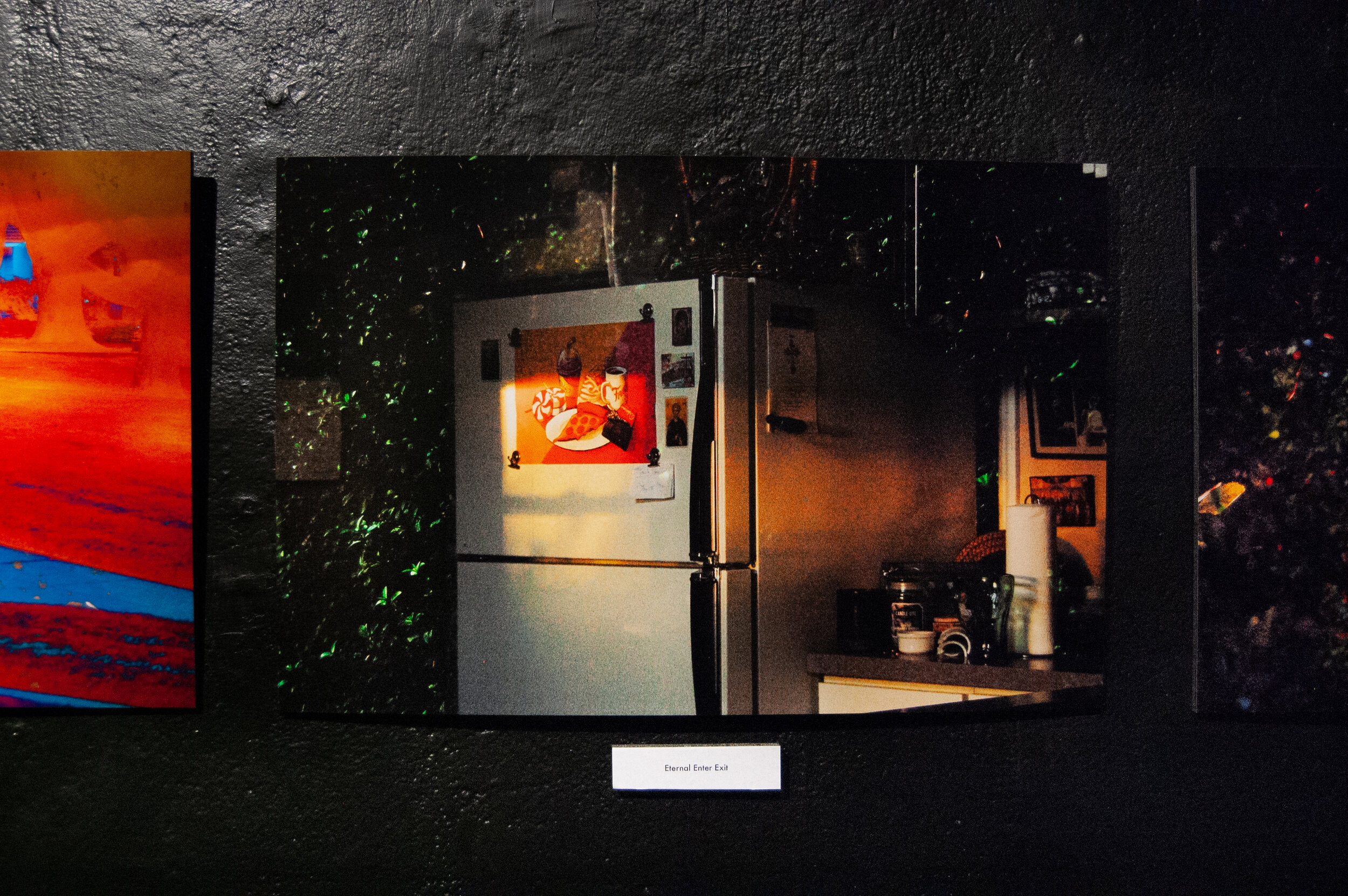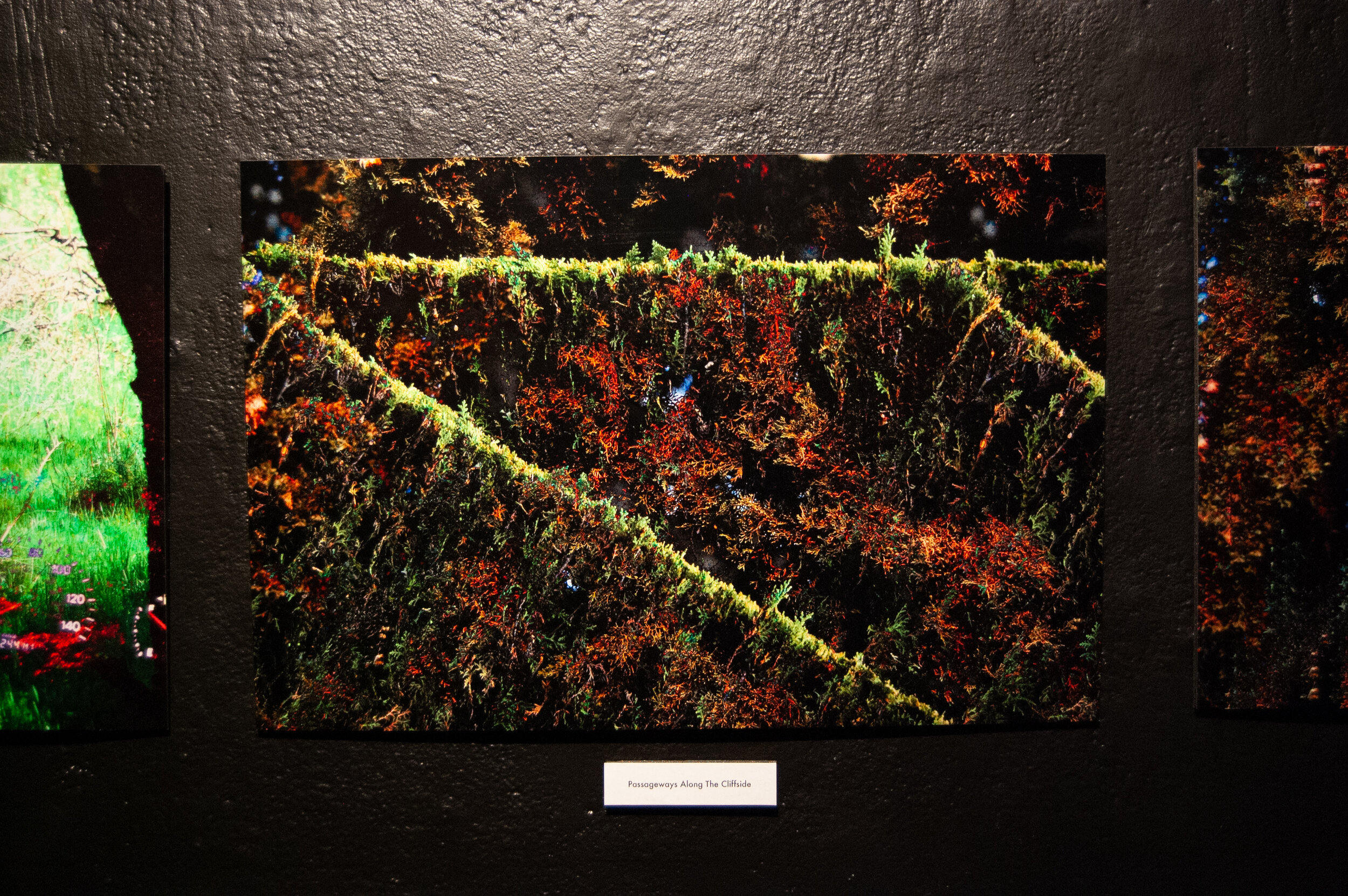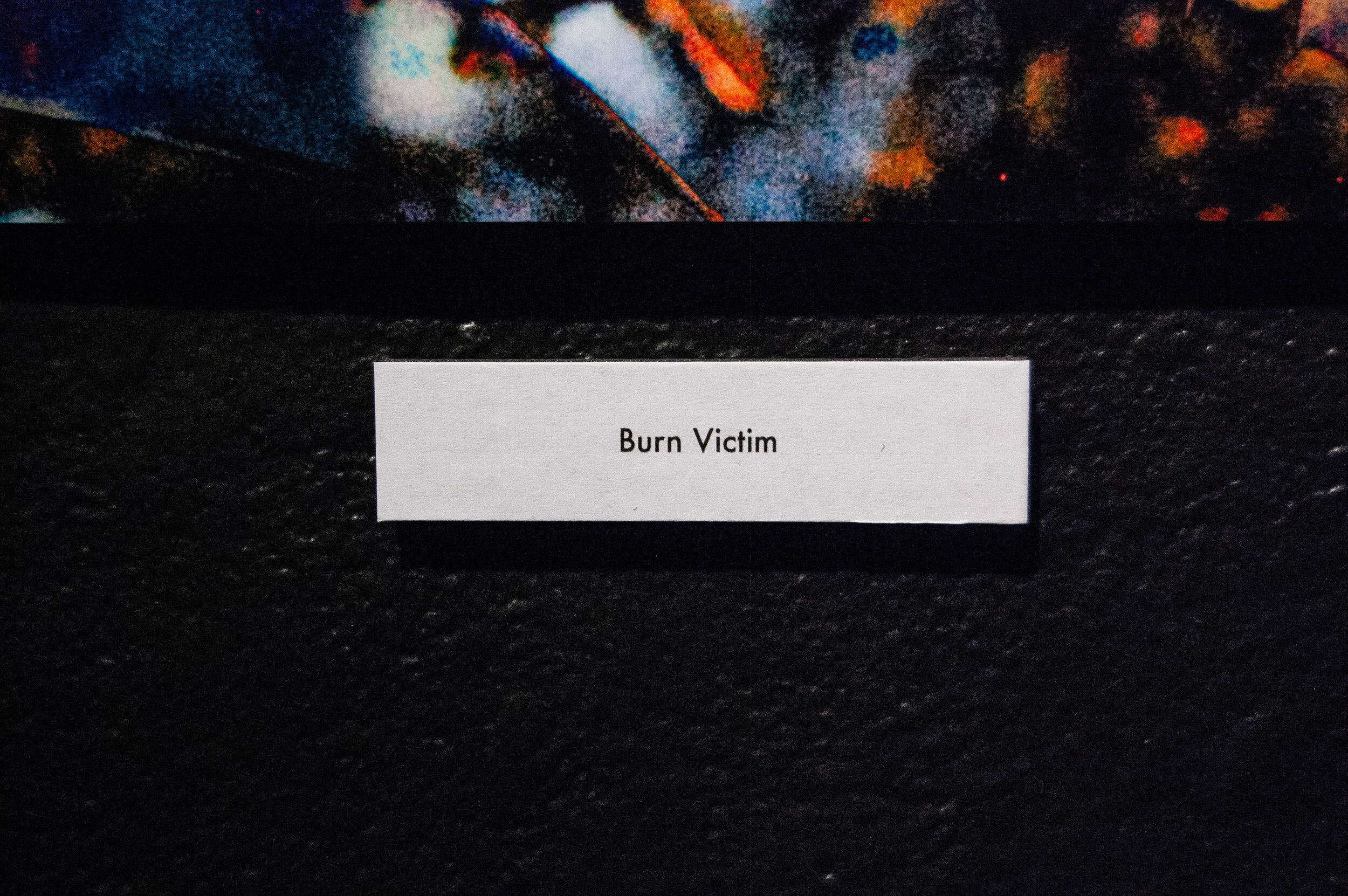The neo-suburban memory
The Neo-Suburban Memory uses Americana iconography in conjunction with digital manipulation to convey a surrealist interpretation of memory, repression, and familial conflict in suburbia.
The suburban environment carries with it a slew of archetypal values and connotations. Traditionally, it has come to represent the ideal American lifestyle, the hard-earned success of the middle-class nuclear family. It rewards those who live in it with fellowship, community, and safety. In the minds of those who grew up within it, a suburb represents childhood, innocence, adolescent experience, and especially memory. It is often a period of stability for which youth must eventually cast aside in pursuit of independence and adulthood but will nevertheless look back on with fondness. My own experience of suburbia was certainly the latter, particularly in its association with memory. As a self-occupied child, I often perused neighborhoods in solitude during the late hours of inactivity. It was here in these quiet strolls, when most families were sitting down for dinner, that I would gather my thoughts. This concoction of circumstances coupled with my own habits mutated the idealized American suburb into something lonely and isolated. It was tinged with sadness, nostalgia, revelation, and given that it was an environment that I occupied during moments of thinking, it often became the subject of my dreams. Feeling a strong connection between this landscape and my own interest in memory, I began exploring this hauntology in my photography.
I recalled a particular incident visiting a friend during an uncomfortable family intervention. I was told to make myself scarce and so I loitered outside on the sidewalk for about an hour. It was a beautiful late afternoon in the waning days of summer, and I remember listening to the wind rustling in the trees and the distinctive chatter of a mockingbird. It occurred to me that out here, there was almost no indication that behind the walls of this home was an unfolding family drama. Whatever emotional distress that to this family must have felt monumental and all-consuming, was less than a whisper outside. I thought about the other homes in this suburb and what symphony of emotions must of have remained hidden from me. I thought about my own family, which like so many others held a myriad of baggage both resolved and repressed.
The suburban landscape then became a perfect visual metaphor for these ideas. The manicured plant life of shrubs and rose bushes act as decorated fences, obfuscating problems that lie dormant inside. This plant motif encroaches and consumes the photographs. They are no longer indicators of border or shields from the perception of suffering but a force itself, perhaps the suffering itself. The serene orange hue of sunset is confused with the harsh orange streetlights. These fiery colors resemble embers, which paired with the shrub borders become kindling for a devastating flame. Each photograph represents a “mod” or a modification that re-contextualizes the suburban imagery creating a new suburban memory. My editing is very destructive with strong, consuming shadows that dominate and surround the photograph, casting everything in a surreal ambiguity. The names themselves are a word salad, vomited from my subconscious, at first discounted as meaningless. But as one deciphers kernels of truth from the confusing, manic state of dreams, so too did I uncover these feelings of anger and resentment that gave context to my chaotic editing. I was, in a sense, attempting to displace the repression and unresolved conflicts of myself and my family onto these photographs as an act of catharsis. Contained within this chaos are brief moments of rest, glimpses into an idealized future that could perhaps exist if only the tension was resolved, and the failures forgiven.
- John Nieuwsma
Presented as partial fulfillment of a Bachelor of Fine Arts Degree with an emphasis in Photography at San Jose State University in California, The Neo-Suburban Memory was exhibited within the Black Gallery at the Department of Art and Art History from March 22 to March 26, 2021.
The exhibition contained a total of 16 images, printed on 11x17 premium photo luster paper and mounted to black foam core boards. These prints were organized into two separate “tapestries”, which would be hung on opposite walls. While the content of the photos themselves deal in abstract thought and memory, and could thus be viewed in any order, their sequencing provided two narratives that would both lead to the exhibition’s artist statement at the central wall.



